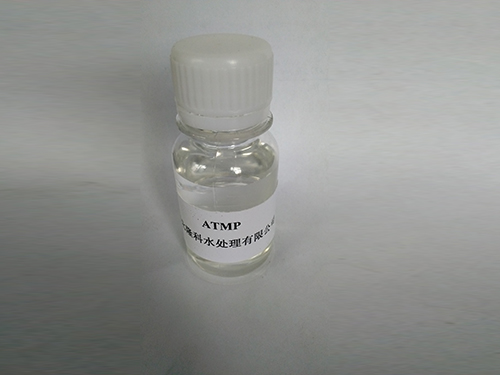coagulant flocculant
Coagulants and Flocculants Essential Agents in Water Treatment
Water is one of the most critical resources on our planet, essential not only for drinking but also for agriculture, industry, and sanitation. However, the increasing pollution of natural water bodies has heightened the need for effective water treatment methods. Among the various techniques available, the use of coagulants and flocculants has gained significant attention due to their effectiveness in clarifying water. This article explores the roles, types, and importance of coagulants and flocculants in the water treatment process.
Understanding Coagulants and Flocculants
Coagulants and flocculants are chemical agents used in the treatment of water and wastewater to remove suspended solids, colloids, and other impurities. While often used interchangeably, they serve distinct roles in the water treatment process.
Coagulants are substances that promote the clumping of particles into larger aggregates. This is typically achieved by neutralizing the charges on the suspended particles, allowing them to bond together. Common coagulants include aluminum sulfate (alum), ferric chloride, and polyaluminum chloride. These compounds work by destabilizing the fine particles that are suspended in water, which often carry a negative charge, making them repel each other. When coagulants are added, the charges are balanced, leading to the aggregation of particles.
Flocculants, on the other hand, are designed to aid the aggregation process initiated by coagulants. They are long-chain polymers that, when mixed with the water, physically entrap and link the larger aggregates formed by coagulants into even bigger particles known as flocs. These larger flocs are more easily removed from the water through sedimentation or filtration. Commonly used flocculants include polyacrylamide and natural products such as starch and guar gum.
The Water Treatment Process
coagulant flocculant

The water treatment process using coagulants and flocculants generally involves several key steps. First, the raw water is subjected to rapid mixing to allow for the even distribution of the coagulant. After the coagulant is added, the water undergoes a slower mixing phase, known as flocculation, where the conditions are optimized for floc formation. During this phase, the particles collide and bond together, forming larger aggregates.
Following the flocculation phase, the water enters the sedimentation stage, where the created flocs settle to the bottom of the treatment tank. This process is vital because it allows for the removal of a significant portion of the suspended solids from the water. Finally, the clarified water is typically filtered to remove any remaining particles before undergoing disinfection to eliminate pathogenic microorganisms.
Importance of Coagulants and Flocculants
The importance of coagulants and flocculants in water treatment cannot be overstated. They are crucial for maintaining the quality of drinking water and ensuring compliance with health standards, which are vital for public health. By effectively removing suspended solids, these agents help prevent the contamination of water and reduce the load on subsequent treatment processes.
Moreover, the use of coagulants and flocculants contributes to the operational efficiency of water treatment plants. They facilitate faster processing times, reduce energy consumption, and minimize the use of other treatment chemicals. Additionally, proper use of these agents can lead to reduced costs associated with sludge handling and disposal, making them economically advantageous for water treatment facilities.
Conclusion
In conclusion, coagulants and flocculants are indispensable components of modern water treatment processes. By enabling the efficient removal of impurities from water, they play a critical role in safeguarding public health and the environment. As global water challenges continue to grow, the development of more effective and environmentally friendly coagulants and flocculants will be essential for advancing water treatment technologies and ensuring sustainable water management practices. Through ongoing research and innovation in this field, we can look forward to cleaner water and a healthier planet.
-
Water Treatment with Flocculant Water TreatmentNewsJun.12,2025
-
Polymaleic AnhydrideNewsJun.12,2025
-
Polyaspartic AcidNewsJun.12,2025
-
Enhance Industrial Processes with IsothiazolinonesNewsJun.12,2025
-
Enhance Industrial Processes with PBTCA SolutionsNewsJun.12,2025
-
Dodecyldimethylbenzylammonium Chloride SolutionsNewsJun.12,2025





